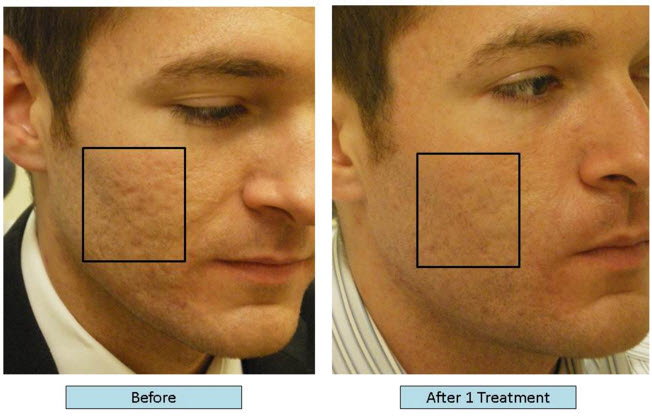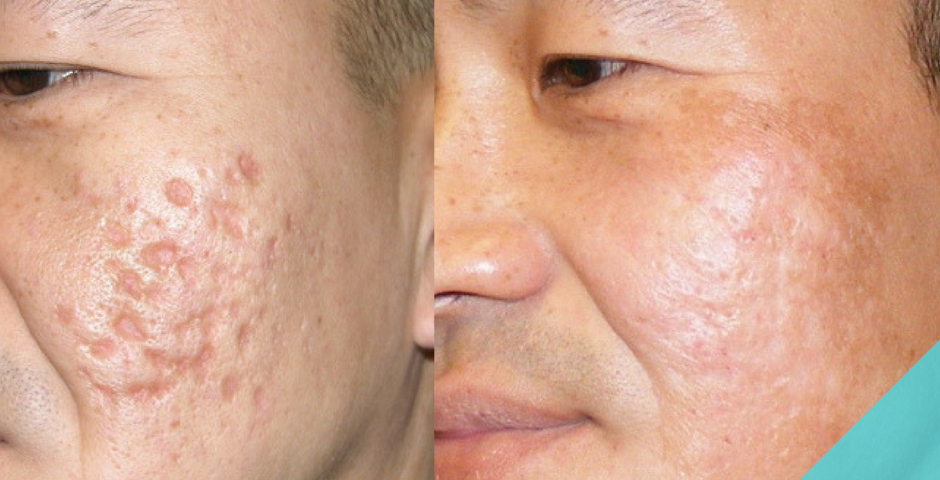Efficient Acne and Acne Scars Treatment: Clear Skin Solutions That Work
Efficient Acne and Acne Scars Treatment: Clear Skin Solutions That Work
Blog Article
A Comprehensive Guide to Handling Skin Disease: Concentrating On the Therapy of Acne Scars
Acne scars represent a significant concern for many individuals, frequently impacting self-esteem and overall skin health. Understanding the various kinds of acne marks, such as hypertrophic and atrophic, is crucial for reliable administration and treatment.
Understanding Acne Scars
Recognizing acne marks includes recognizing the complex interaction in between skin healing and the inflammatory processes that take place throughout acne break outs. Acne establishes when hair follicles end up being clogged with oil, dead skin cells, and bacteria, bring about swelling. This inflammatory feedback is vital for battling infection however can also cause damages to the skin's cells.
When the body attempts to heal itself, it generates collagen, a healthy protein necessary for skin structure. The amount and high quality of this collagen can vary, leading to various types of marks. Aspects influencing mark formation consist of the intensity of the acne, individual skin kind, genetics, and the body's recovery response.
Additionally, early intervention in acne treatment can play a pivotal role in preventing scarring. Timely administration of breakouts reduces inflammation and cells damage, which are important aspects in scar growth. Education and learning on proper skincare and therapy alternatives is crucial for people susceptible to scarring. Inevitably, recognizing the hidden systems of acne and its healing procedure is crucial for efficient management and avoidance of acne marks.
Kinds of Acne Scars
The intricacy of acne scars can be classified into numerous unique kinds, each showing the underlying skin damages and healing response. One of the most common kinds include atrophic marks, hypertrophic marks, and keloids.
Atrophic scars are identified by anxieties in the skin and are often the outcome of insufficient collagen manufacturing during the healing procedure. These scars can better be classified right into icepick, boxcar, and rolling scars, each differing in shape and depth. Icepick marks are deep and slim, appearing like little slits, while boxcar scars have a broader, more angular look. Moving scars produce a wave-like appearance on the skin's surface.
Hypertrophic marks, on the various other hand, are raised and arise from an overproduction of collagen throughout recovery. These scars may differ in dimension and can occasionally discolor over time however might continue to be prominent.
Keloids are a more serious type of hypertrophic scarring, expanding past the initial injury site and typically needing extra hostile therapy options. Understanding these types is vital for establishing the most effective treatment approach tailored to an individual's specific scar kind and skin problem.
Topical Treatments

Topical therapies play a vital role in handling acne scars, offering patients a variety of alternatives aimed at improving skin texture and look. These treatments primarily concentrate on advertising skin regeneration, reducing coloring, and improving overall complexion.
One of one of the most extensively utilized topical representatives is retinoids, which are by-products of vitamin A. Retinoids stimulate collagen manufacturing and speed up cell turnover, assisting to decrease the look of scars over time. Furthermore, alpha hydroxy acids (AHAs) and beta hydroxy acids (BHAs) can exfoliate the skin, getting rid of dead skin cells and promoting a smoother surface area.
One more reliable classification includes topical anti-oxidants, such as vitamin C, which can help to lighten hyperpigmentation connected with acne scars while giving anti-inflammatory benefits. Furthermore, silicone gels and sheets have actually been shown to moisturize and squash scars, making them much less visible.
Hydroquinone is usually used for its skin-lightening residential or commercial properties, although it must be used carefully due to prospective side results. Finally, integrating creams which contain active ingredients like hyaluronic acid can even more sustain skin healing and enhance appearance. For optimum results, it is suggested to speak with a skin doctor for personalized therapy recommendations.

Specialist Therapy Alternatives
When it involves addressing more severe acne marks, people often transform to specialist therapy alternatives that can provide a lot more significant results than topical therapies alone. These interventions are typically administered by skin doctors or licensed professionals and include various methodologies customized to specific skin types and scar extent.
Among the most common therapies is chemical peels, which make use of acids to advertise and exfoliate the skin regeneration. This strategy can dramatically lower the appearance of superficial marks. Microneedling, another reliable choice, includes developing micro-injuries in the skin to boost collagen production, boosting appearance and minimizing marks.
Laser therapy is additionally widely employed, with fractional lasers especially targeting scarred areas while protecting surrounding skin. This technique can yield impressive enhancements in skin look over a number of sessions. Additionally, facial fillers are used to bring back volume and ravel uneven skin surface areas, providing instant, albeit short-term, outcomes.
Way Of Life and Natural Home Remedy
Integrating way of living modifications and natural remedy can play a significant duty in handling acne marks, complementing expert therapies. Preserving a well balanced diet abundant in minerals, antioxidants, and vitamins can help go to this website with skin recovery - acne scars. Foods high in vitamin C, such as citrus fruits, and those consisting of zinc, like seeds and nuts, promote skin regeneration and aid reduce inflammation
Hydration is additionally crucial; drinking ample water keeps the skin hydrated, helping in its all-natural fixing processes. Routine workout improves blood circulation, which can improve nutrient distribution to the skin and improve general skin tone.
In enhancement to dietary changes, integrating topical natural remedy can be useful. All-natural components such as aloe tea, vera, and honey tree oil possess anti-inflammatory and antibacterial homes, which might aid in reducing the appearance of scars. Exfoliating the skin with mild scrubs can additionally advertise cell turnover, helping in the fading of click site marks in time.
Additionally, developing a consistent skincare regimen that includes sun security is vital, as UV direct exposure can dim marks. By integrating these lifestyle modifications and natural home remedy, individuals can enhance their skin's recovery procedure and attain an extra also complexion.
Verdict
Reliable administration of acne scars requires a detailed understanding of their kinds and the hidden mechanisms included in scar formation. A mix of topical treatments, specialist treatments, and lifestyle alterations can dramatically boost skin recovery and decrease mark presence.
Understanding acne scars includes recognizing the complex interaction between skin recovery and the inflammatory procedures that occur throughout acne episodes. Factors affecting mark formation include the intensity of the acne, specific skin type, genetics, and the body's recovery feedback.
These scars can even more be identified right into icepick, boxcar, and rolling scars, each varying in shape and deepness. Icepick marks are deep hop over to these guys and narrow, resembling little slits, while boxcar marks have a wider, much more angular appearance (acne scars treatment).Effective management of acne scars requires a detailed understanding of their kinds and the hidden devices involved in scar formation
Report this page